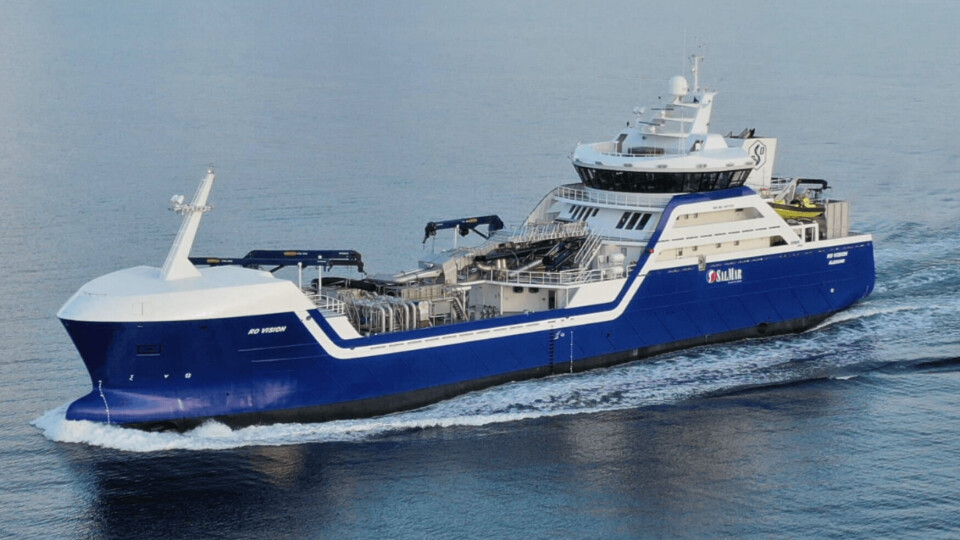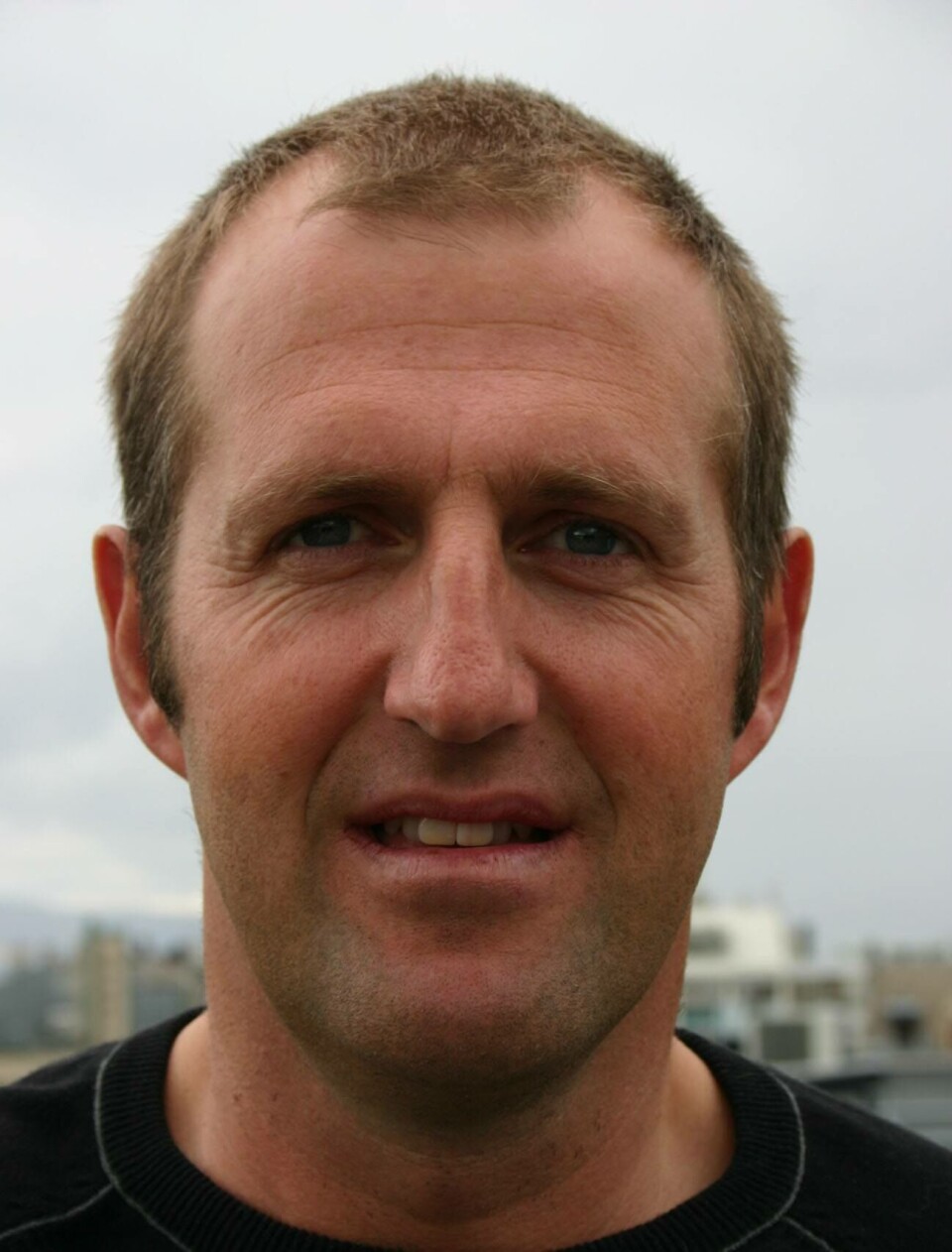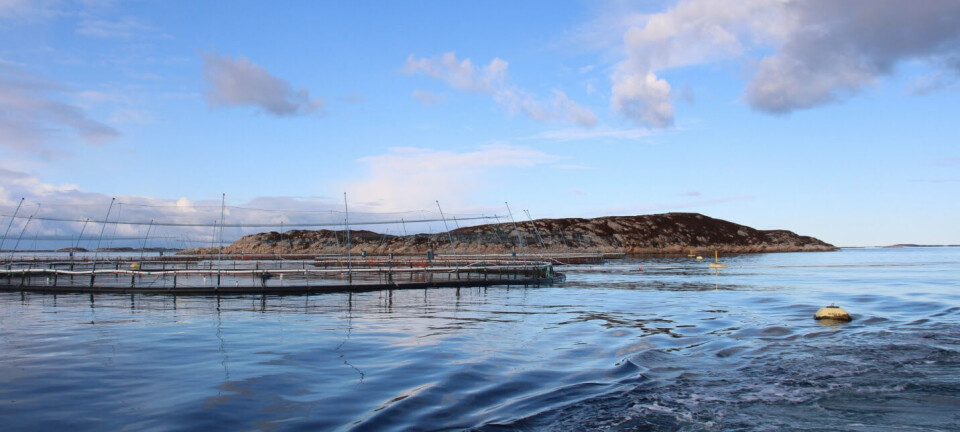
SalMar chooses second hybrid wellboat
A second hybrid-power wellboat is to be built to go into service for Scottish Sea Farms co-owner SalMar in Norway.
Wellboat operator Rostein has contracted the vessel, which will be fitted out in Norway and will be a sister ship to the Ro Vision, the world’s first hybrid wellboat, which is already working for SalMar.
Another hybrid sister ship, the Ro Venture, was delivered to Rostein last summer and is operated on the spot market.

Good experiences
“For one year we have had very good experiences with Ro Vision and its solutions and large capacities,” said SalMar Farming general manager Roger Bekken in a press release.
“For SalMar, it is important that our business creates jobs and positive ripple effects along the coast, and with the choice of Rostein as a partner, we know that Norwegian maritime suppliers will have increased activity with this new-build.
“SalMar is also concerned with reducing salmon’s already low CO₂ footprint and it was therefore important to us that this sister ship is also equipped as a battery hybrid.”
600 kW battery pack
The new vessel, which has not yet been named, will be equipped at the Larsnes Mekaniske Verksted (Larsnes Mechanical Workshop) shipyard and is designed by Skipkompetanse (Ship Competence) AS.
Like the Ro Vision and Ro Venture, it will be 84.2 metres long and 15.5m wide.
The hybrid vessels have one of the four 1300 kW diesel generators that would normally be on board replaced by a 600 kW battery pack.
The boats also have a selective catalytic reduction (SCR) system to reduce nitrogen oxide (NOx) emissions from the diesel engines.
Demand spikes
The battery pack is intended to allow so-called “peak shaving”, which involves proactively managing overall demand to eliminate short-term demand spikes.
“When we are in operation, energy consumption varies a lot, and then we can save and run an extra motor that has little to do by draining the battery instead of having enough energy to take the peaks. At the same time, in situations where we have overproduction of energy, we can use it to recharge the batteries,” explained Rostein vice president Glen Bradley last year.
Another area where the hybrid wellboats score is when they approach the cage edge.
“When the wellboat navigates close to the cages, we usually have to run two engines to have redundancy, which is a backup in case something happens to the engine or it stops. It is a waste [of power] and a strain on the engine that has to start and stop a lot,” said Bradley.
“[Hybrid wellboats], on the other hand, can cut this off because the battery pack will provide enough backup and redundancy for the vessel.”























































